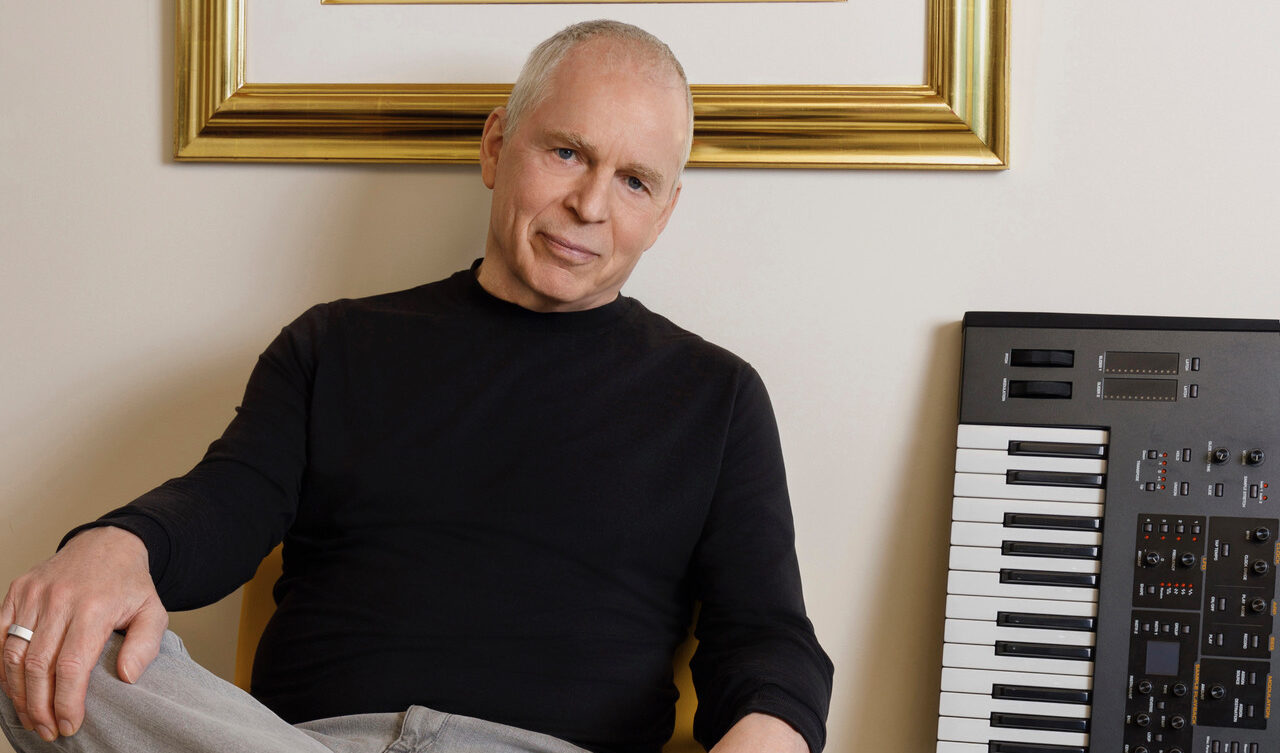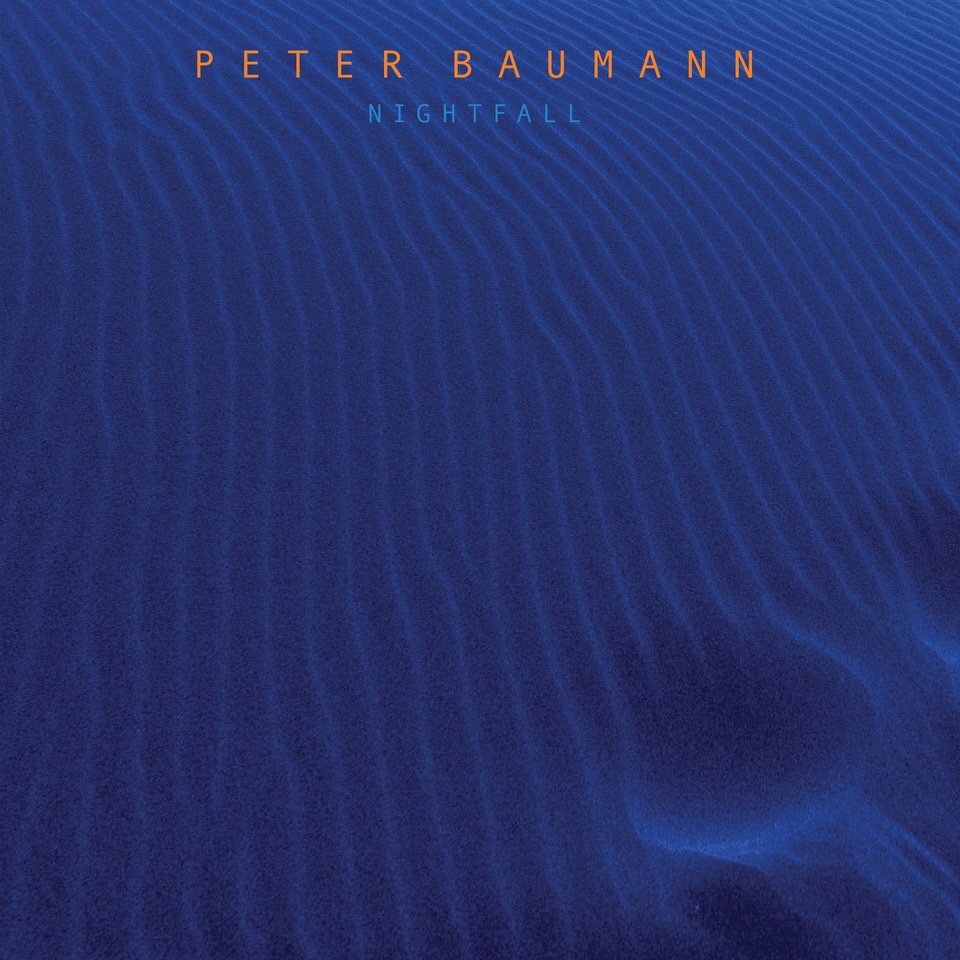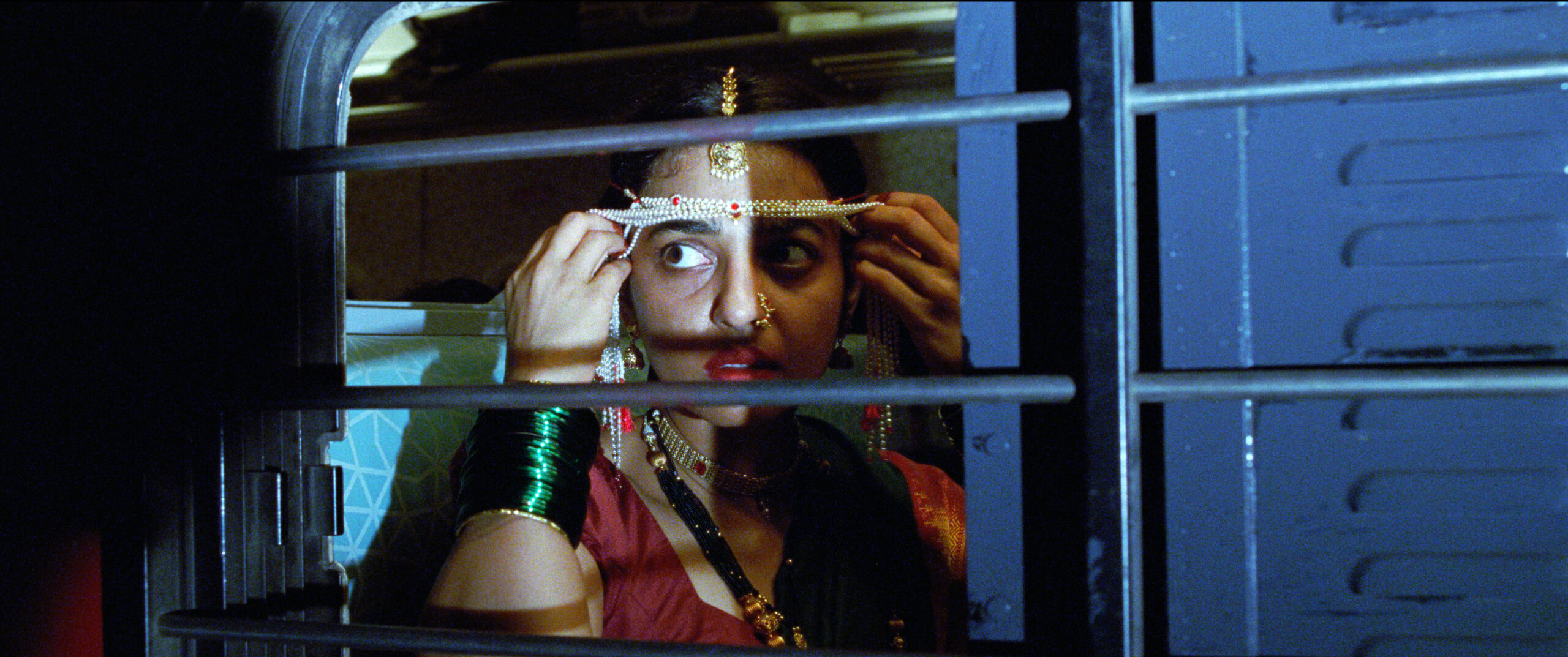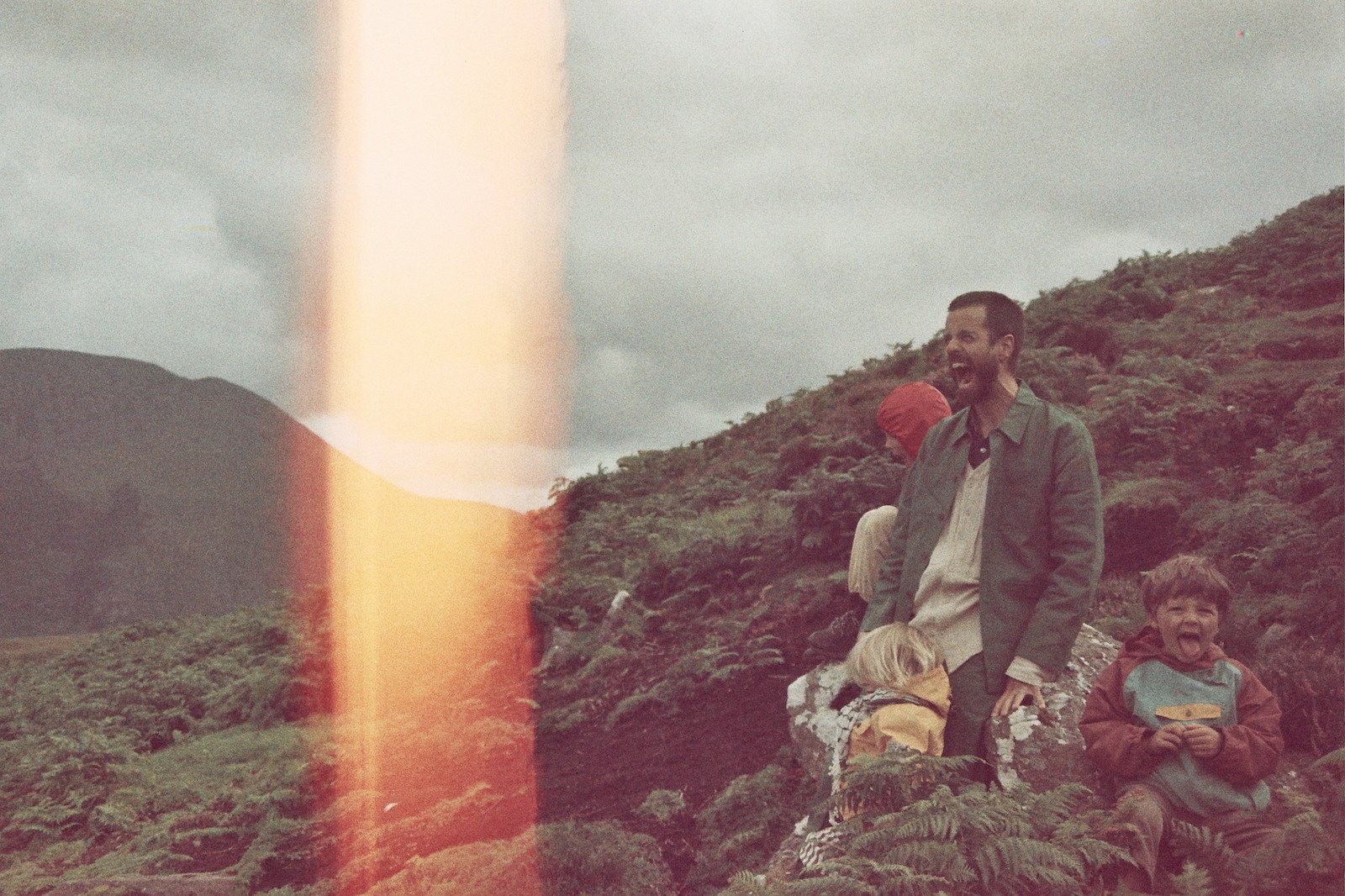On 1975’s Expansions, American jazz musician and composer Lonnie Liston Smith took the big leap. It’s an album that’s rightly feted as key to a very open, dynamic form of jazz-funk fusion, one that’s less about tricksy musicianship, more about texture, space and groove. Of course, the various players that joined Smith – the members of his band, the Cosmic Echoes – were excellent musicians in their own right, but the joy of Expansions is its subordination of ego, the way the players are all in service to the rhizomatic flow of the seven songs here, whether vamping on a groove, or pivoting around a riff or simple, see-sawing chord change.
On 1975’s Expansions, American jazz musician and composer Lonnie Liston Smith took the big leap. It’s an album that’s rightly feted as key to a very open, dynamic form of jazz-funk fusion, one that’s less about tricksy musicianship, more about texture, space and groove. Of course, the various players that joined Smith – the members of his band, the Cosmic Echoes – were excellent musicians in their own right, but the joy of Expansions is its subordination of ego, the way the players are all in service to the rhizomatic flow of the seven songs here, whether vamping on a groove, or pivoting around a riff or simple, see-sawing chord change.
Expansions was both popular in its own time while having ongoing influence on British dance music. The former makes some degree of sense – in the mid-’70s, an album like this could well have offered succour to various subcultures, licking their wounds after the social and cultural battles that played out across the late ’60s and early ’70s. Dialling down the intensity of free jazz, reintroducing subtle groove and sensuality into the music’s sway, Expansions chimed in with a post-countercultural embrace of fusion, world music and funk. It’s no surprise, hearing the lambent trickle of a song like “Desert Nights”, to discover Smith had done time with Miles Davis.
That Expansions would become so significant to British dance music through the decades is perhaps more surprising. This narrative is detailed with admirable clarity by Frank Tope in the liner notes to this 50th-anniversary reissue, where Tope traces Expansions’ trail of influence, from cratedigging Northern Soul fiends to vanguard jungle producers – it was, after all, sampled by drum’n’bass legend Roni Size. While it wasn’t ignored at home – David Mancuso played the album at his legendary nightclub The Loft – Expansions really found its audience, and sustained influence, across various generations of British club culture.
Smith’s own journey to Expansions was remarkable in itself. Born in Richmond, Virginia, into a musical family – his father was a successful gospel singer in The Harmonizing Four – Smith made his name after relocating to New York, firstly playing piano with Betty Carter, then, in quick succession, Roland Kirk, Art Blakey’s Jazz Messengers, and with Max Roach. But he really came into his own in the late ’60s, as a member of Pharoah Sanders’ group – he appeared on the latter’s incredible run of albums, Karma, Jewels Of Thought and Thembi – across which time he discovered the Fender Rhodes, contributing ecstatic playing to some of the most oceanic, hypnotic free jazz of the era.
In the early ’70s, Smith played both with the idiosyncratic Argentinian saxophonist Gato Barbieri, and with Miles Davis’ ensemble, where he was pushed to learn the electric organ in record time: you can hear him across On The Corner, and briefly on Big Fun. Smith’s first few albums with the Cosmic Echoes, 1973’s Astral Traveling and the following year’s Cosmic Funk fit this context neatly: he borrows both the abstract freedoms of Sanders and the amorphous, unsettled moods of Davis’ ’70s output, setting them down in a becalmed space. This befits a desire for unity and oneness borne of spiritual search: he’d been introduced to Sufism by Sun Ra saxophonist John Gilmore and would bump into Ra or John Coltrane at New York occult bookstore, Weiser’s Antiquarian.
Expansions is where everything Smith had been looking for in his music came to full fruition. It’s remarkably assured without seeming cocky about it – you can hear that the players are tuned into each other. Part of what makes it work so well is the threshing of percussion that rumbles and barrels through the album – on the opening title song, a chiming triangle, burbling bongo and conga, and a fiercely disciplined groove push the song, while strange, gaseous synth drones spill across the song like an oil slick. Smith’s brother Donald sings of peace for mankind – if there’s one limitation on Expansions, it’s that the lyrics can feel a bit like overly vague proclamations – as a rangy flute skips through the stereo spectrum.
Much of the music moves at a similar pace, though things dial down for the melancholy “Peace”. You can hear the influence of James Brown in the way the rhythms feel tight and loose, somehow, simultaneously; Cecil McBee’s bass walks and prowls through the songs, often taking on the role of melodic motif. The overarching sense here, though, is one of the music lapping against the shores, of the listener – and the musicians, for that matter – either lost in an aquatic reverie, sometimes coming to rest in a shady arbour, other times shooting out into the cosmic void. It’s heavenly – and yes, an expansive drift indeed.
When you purchase through links on our site, we may earn an affiliate commission. Here’s how it works.
The post Lonnie Liston Smith And The Cosmic Echoes – Expansion appeared first on UNCUT.





